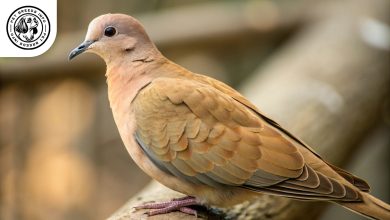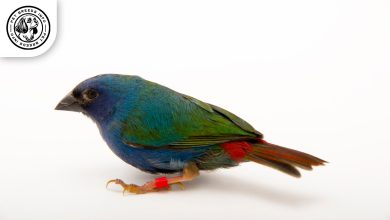Lutino Cockatiel Bird: Personality, Lifespan, Food & Care
General Introduction of the Breed
The Lutino Cockatiel (Nymphicus hollandicus) is a beautiful and popular color mutation of the Cockatiel species. It is commonly known as the Lutino ‘Tiel. Originating from Australia, Cockatiels are native to arid and semi-arid regions across the continent.
The Lutino mutation was first developed in the United States in the 1950s and has since become one of the most sought-after varieties due to its striking yellow and white plumage.
Table of Contents
| Common Name | Lutino Cockatiel, Lutino ‘Tiel |
| Scientific Name | Nymphicus hollandicus |
| Origin | Australia |
| Size | 12 to 14 inches (30 to 35 cm) in length |
| Lifespan | 15 to 25 years |
| Talking Ability | Better at whistling tunes, can mimic some human speech |
| Colors | Bright yellow, white, red eyes, prominent orange cheek patches |
| Noise Level | Whistles and occasional chirps, may be noisy for sound-sensitive households |
| Social Behavior | Affectionate, social, forms strong bonds, needs consistent interaction |
Physical Characteristics
The Lutino Cockatiel is a medium-sized parrot, typically measuring about 12 to 14 inches (30 to 35 cm) in length, including its long tail feathers. It usually weighs between 3 to 4 ounces (85 to 113 grams).

This variety lacks the gray pigmentation found in wild-type Cockatiels, featuring bright yellow feathers, a white body, and red eyes. The distinct orange cheek patches, a characteristic of all Cockatiels, are prominent in Lutinos.
The eyes are red due to the mutation affecting melanin production. They are generally round and appear bright. The beak and feet are pale pink or flesh-colored.
The Lutino Cockatiel has a long, pointed tail and a stylish crest, which helps express emotions by raising or lowering based on mood.
Read More: Pekin Duck Bird
Personality and Temperament
Known for their affectionate and social nature, Lutino Cockatiels make excellent companion birds. They are intelligent and can learn tricks, whistle tunes, and even mimic human speech, though they are better at whistling than talking compared to other parrot species.
Their personality is mild and friendly, making them ideal for families, individuals, and even first-time bird owners. They form strong bonds with their owners and require consistent interaction to stay happy.
These birds are playful and enjoy toys, socializing, and learning new skills. They thrive on routine and may become stressed with sudden changes in their environment.
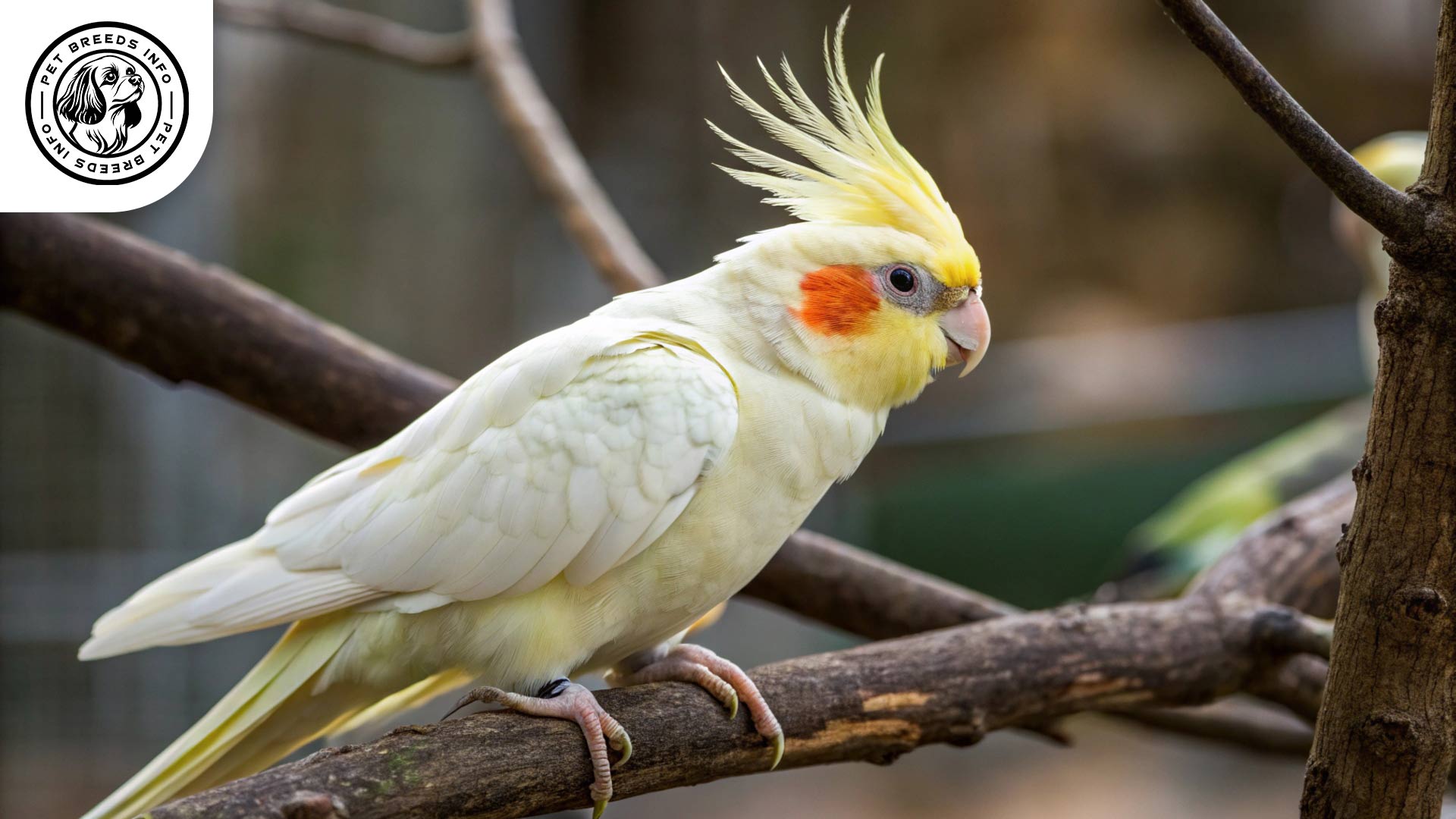
Care and Maintenance Requirements
Lutino Cockatiels need daily exercise outside of their cage to maintain good health. They enjoy flying or climbing and benefit from a spacious cage with perches and toys.
They are well-suited for apartments as long as they receive enough stimulation and social interaction. However, their whistles and occasional chirps may be noisy for sound-sensitive households.
Grooming is minimal, primarily involving nail trimming, occasional mist baths, and regular beak checks. Feathers need preening, but they usually handle this themselves.
Lutino Cockatiels are sensitive to drafts and temperature extremes. Their living space should be kept between 65-80°F (18-27°C) with balanced humidity.
Regular cleaning of the cage, food dishes, perches, and toys is essential for their hygiene.
Diet and Nutrition
A well-balanced diet for a Lutino Cockatiel includes high-quality pellets, fresh vegetables, fruits, and a limited amount of seeds. While seeds should not be the main component, they can serve as an occasional treat.
Foods such as avocado, chocolate, caffeine, onion, garlic, and high-fat or salty foods must be strictly avoided as they are toxic to birds.
Feeding should consist of portion-controlled servings: approximately 75% pellets, 20% fresh fruits/vegetables, and 5% treats like millet sprays.
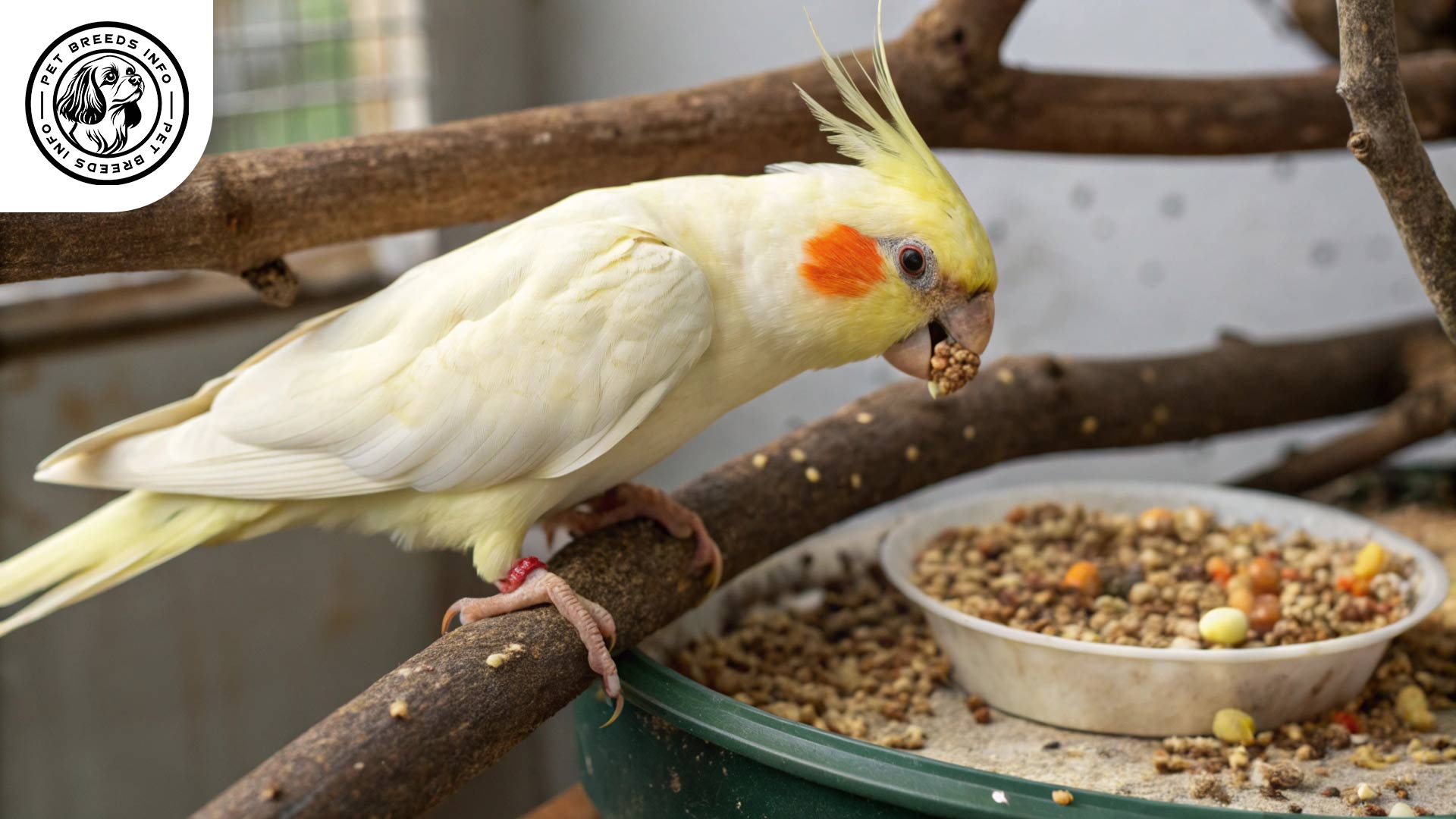
Health and Common Medical Issues
Lutino Cockatiels are generally healthy birds but can be prone to certain issues such as respiratory infections, psittacosis (parrot fever), vitamin A deficiency, and feather plucking (often due to stress or boredom).
Because of their red eyes, some Lutinos may develop light sensitivity and potential vision issues.
The average lifespan of a Lutino Cockatiel is between 15 to 25 years with proper care, with some even living longer.
Regular veterinary checkups, a clean living environment, and a nutritious diet contribute to their overall well-being.
Read More: Peach-faced Lovebird
Training and Behavior Management
Lutino Cockatiels are intelligent and relatively easy to train. They respond well to positive reinforcement methods using treats and praise.
Basic training should include step-up commands, recall training, and socialization to avoid fear-based behaviors.
Owners should reinforce good behaviors while ignoring unwanted behaviors instead of punishing the bird, as punishment can lead to stress and trust issues.
Interaction with Other Animals and Humans
Lutino Cockatiels are gentle companions and bond closely with their human caregivers. They are also good with children who respect their space.
These birds can get along with other Cockatiels and small parrot species, but introductions should be done gradually. They require supervision around larger pets that may perceive them as prey.
They are social birds and do not do well with prolonged isolation. If left alone for long periods, they may develop loneliness-induced behaviors like excessive calling or feather plucking.
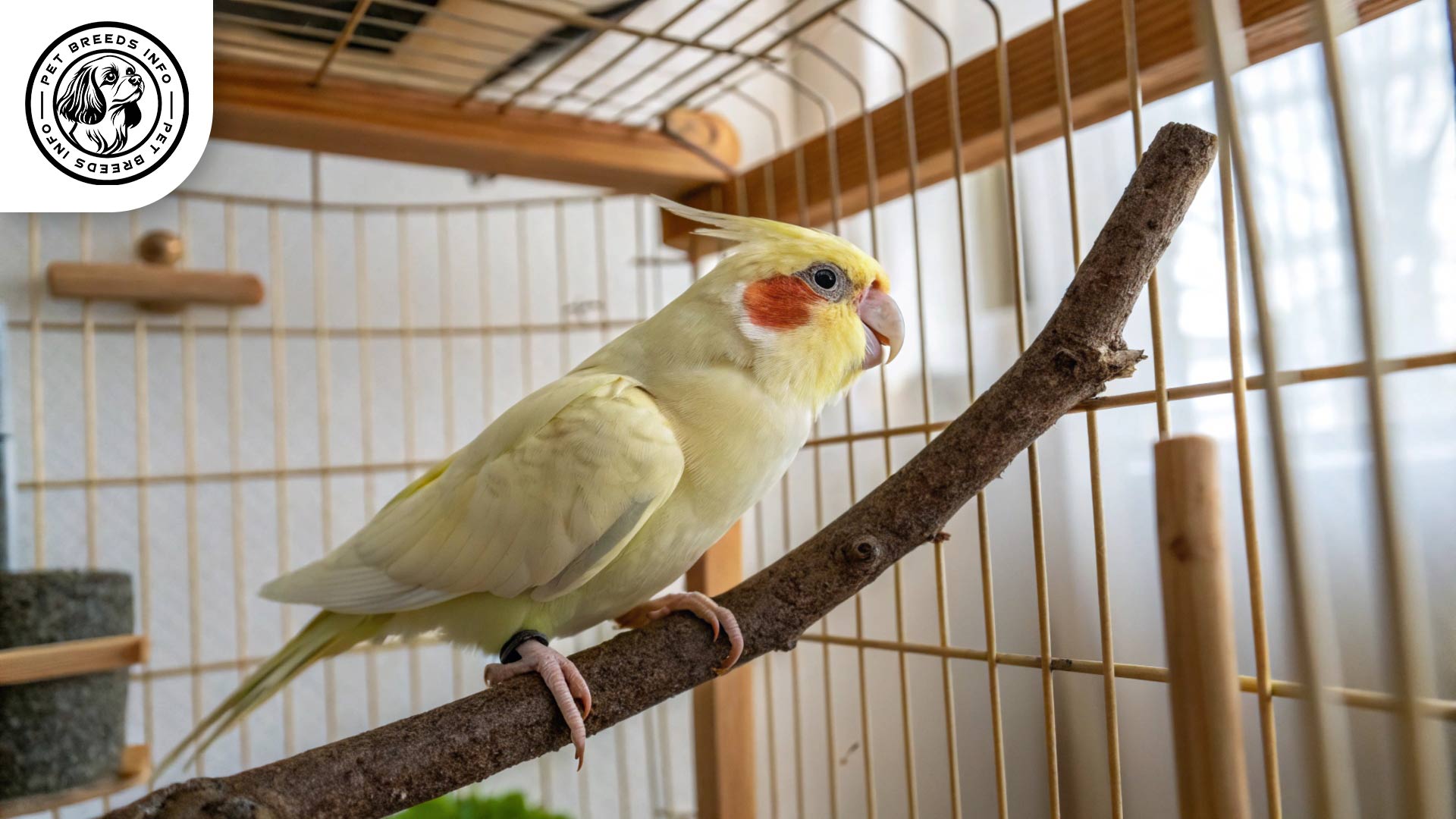
Price and Availability
Lutino Cockatiels are widely available from breeders, pet stores, and bird rescues. The price for a Lutino Cockatiel can range between $100 to $250, depending on factors such as age, breeder reputation, and location.
When purchasing a Lutino Cockatiel, it is essential to ensure that the bird is sourced from a reputable breeder or adoption center to guarantee good health and ethical breeding standards.
Conclusion and Final Thoughts
The Lutino Cockatiel is an excellent pet choice for bird enthusiasts of all experience levels. Their affectionate, intelligent, and social nature makes them one of the most loved Cockatiel mutations.
They thrive in environments with plenty of interaction and stimulation. Owners should be prepared to dedicate time for daily socialization and training.
Before bringing a Lutino Cockatiel home, potential owners should consider their commitment to proper care, diet, and companionship to ensure a happy, healthy life for their feathered friend.
Read More: Cactus Conure Bird
FAQ
What are the main colors of a Lutino Cockatiel?
Lutino Cockatiels are primarily bright yellow and white with red eyes and orange cheek patches.
How big do Lutino Cockatiels typically get?
They usually measure between 12 to 14 inches in length.
Are Lutino Cockatiels good at talking?
While they can learn to mimic human speech, they are generally better at whistling tunes.
What is the typical lifespan of a Lutino Cockatiel?
With proper care, they can live between 15 to 25 years.
Do Lutino Cockatiels need a lot of social interaction?
Yes, they are social birds and require consistent interaction to stay happy.

